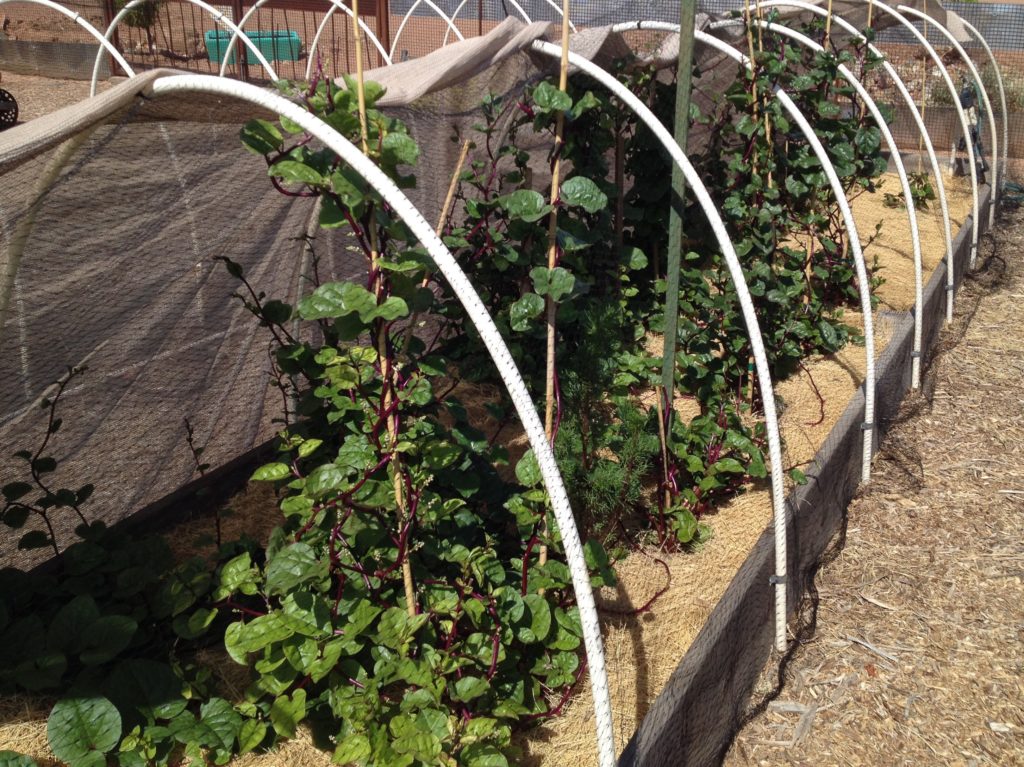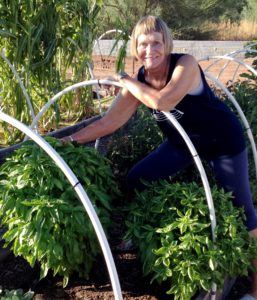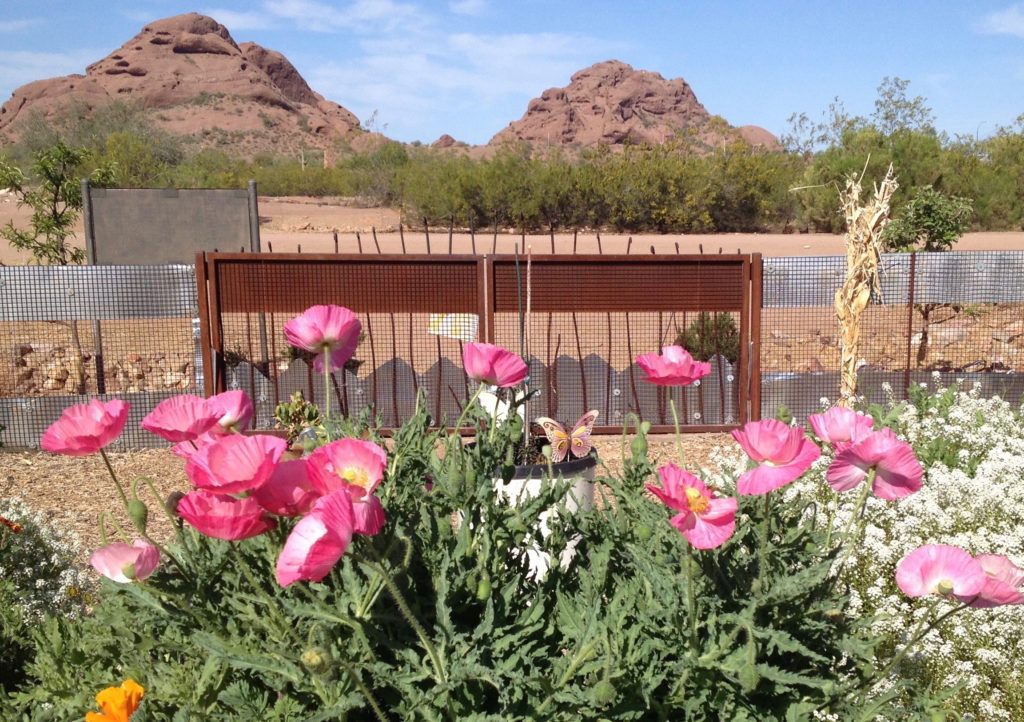Jennifer Clapp writes in Food, her seminal work on the global food system:
Today, the average plate of food eaten in Europe or North America travels around 1,500 miles before it is consumed…Some say it’s not necessarily important for people to know all of the details of the functioning of the global food system – the web of relationships that span the production, processing, trade, and marketing of the food we eat…For the past forty years, the system has outwardly appeared to provide the advantages of a truly global and stable food supply that could be accessed by an ever larger range of people. Its stability and abundance brought lower prices in addition to expanding its geographical reach. So long as the system is providing cheap and readily available food, why question it?
Why indeed. How is that global food system doing now, in the midst of a global pandemic that has wreaked havoc on so many aspects of our daily lives? You don’t need to look further than the shelves at your local grocery store to know the answer to that question. The COVID-19 has disrupted our food system in a multitude of ways and brought about widespread hardship, both to producers and consumers.

Food producers here and around the world have been hit hard financially due to traditional supply chains disappearing almost overnight. Great quantities of food that was produced for restaurants, school settings, and hotels suddenly have no market destination, with the result that many farmers cannot afford to keep producing food (even as they are forced to destroy the commodities and live animals they cannot now market). Dairy and egg producers are examples of this problem. Dozens of US meatpacking plants – hotbeds for the spread of the coronavirus – had to be shut down. Similarly, foreign food suppliers who are very much dependent on that vast global food system, are not able to harvest due to a shortage of labor. Nor are they able to ship their products long distance as they were accustomed to doing. Think Columbian coffee growers.
Unfortunately, federal assistance for food producers was, for many of them, too little too late. Farm bankruptcies rose 23% in March 2020 compared to March 2019. And a lack of farm labor will likely create additional hardship and stresses for the summer and fall harvests.
Food consumers have likewise been hurt. Not only have food quantities and selection been negatively impacted, but food prices have spiked as a result of COVID-19-related disruptions. The US Bureau of Labor Statistics reports that prices for eggs, meat and bakery goods recently recorded their greatest single month increase since February 1974 (a period of 46 years). The price of eggs increased 16% from March to April. Total animal-based protein increased 4%. The price of cereal and bakery goods went up almost 3%, the highest single monthly increase on record. Prices for fruits and vegetables increased 1.5%.
The federal government has stepped in to offer food producers needed assistance. The Cornavirus Food Assistance Plan is providing $16 billion to hard hit farmers and ranchers. Another $3 billion of relief is coming in the form of the Farmers to Families Food Box program.

Municipalities as well as individuals and organizations, both public and private, in every sector of the food system are struggling to study, to adapt, and to devise creative ways to deal with the disruptions to the food system. One example of those studying the problem is a new app developed through a partnership between Microsoft and Purdue University that collects data and shows, county by county, the potential risks to agricultural. The Purdue Food and Agricultural Vulnerability Index can show the amount of food production at the local level that is at risk due to the spread of the coronavirus among farm workers.
Numerous examples exist around the country of committed groups attempting to fill the sudden yawning gaps in the food system. Perhaps you read about the imaginative college students who picked fresh produce on a farmer’s fields – food that would have otherwise rotted there – and then rented a truck and delivered the produce to the local food bank. Or the effort in the Sacramento, California area to pay local restaurateurs to provide meals to local seniors and other “at risk” groups. Funding for the program is coming from a mix of FEMA, state funds and local jurisdictions. Another effort in Boston, Massachusetts – developed by the CommonWealth Kitchen and funded with a grant from the Boston Resiliency Fund – will pay local minority-run restaurants to provide free meals to needy families and seniors. Numerous state departments of agriculture have quickly developed interactive maps and directories to assist consumers in locating farms and other sources of fresh food. Farmers markets throughout the country have organized drive-through pickups.
Many of us who grow food here in The Valley have also looked for creative ways to help provide fresh food to those suddenly in need. The on-site community garden at the Desert Botanical Garden is just one example. Even while volunteers are no longer able to help in the garden as a result of the pandemic, I’ve been able to continue our weekly food donations to a local food bank. In addition, I’ve used the online Nextdoor app to connect with seniors and other shut-ins who are not able to venture out of their homes to purchase needed fresh produce. I now harvest produce from the community garden and make same-day deliveries to those individuals who live in and around the Arcadia neighborhood.
No doubt, all of us will continue to be challenged by the myriad ways in which the ongoing pandemic has disrupted our food system. Even while we’re all busy coping with the new normal, it’s time that we begin rethinking about the food system in terms of resilience and how the local food system needs the resources to better respond to circumstances such as the current COVID-19 pandemic has created. Making more local land available for food production and connecting growers to that land figure prominently among the many challenges we now face. Let’s use this time wisely to improve our local food system and improve the lives of our friends and neighbors.

David Hill is Coordinator of the On-Site Community Garden at Desert Botanical Garden and a board member of the American Community Gardening Association. He also serves on the board of AzCLT.


I appreciate the article. COVID-19 has put a spot on what millions of Americans already knew, except the privilege. That we, America, have a grossly dysfunctional society.
One of the pillars of American inequality is the discrimination in the US food industry. From seed to table, discrimination rips across the US food value chain. This leads directly to causing unwarranted chronic illness in black, Latino and Native American communities.
This discrimination is entrenched as well in the nonprofit industrialized complex of food and sustainable nonprofits otganizations where there is little if any presence of black, Latino or Native Americans in roles of authority to control and disperse funds.
With that said, as you look at your organization, you look at people across the table or Zoom screen at meetings, and you look at viable food enterprises are you looking at a preponderance of white Americans? If so, your organization and other nonprofits with similar structures will continue to be superficial in effort. Food justice requires people of color being in roles that control and allocate money. Only then will sustainable change can take place.